Shrubs add volume, height, depth, and loads of interest to the landscape. Although you might be wondering about when is the best time to prune them. We’ve broken it down for you here and hope you find it helpful.
Remember, just do your best. If you do make a mistake, plants are very forgiving. You may miss a season of flowers. However, once you've reset the timing for pruning, the plant will recover and give you plenty of blooms next year.
If you have questions about a specific plant, leave a comment below.
In Brief:
- Prune summer bloomers in late winter.
- Prune spring bloomers right after flowering.
- Determine type of hydrangea or rose before pruning to get timing right.
- Stray or broken branches can be trimmed back any time.
How to Prune Spring Flowering Shrubs
- Plants that bloom in early spring usually produce their flower buds the year before. The buds over-winter on the previous year’s growth and open in spring.
- Prune in spring right after they’ve finished blooming.
- If you prune these spring bloomers in fall or winter you'll remove the flower buds. Them, you won't have flowers that year. The plants will be just fine, but you’ll miss a year of blooms (insert sad emoji).
- Most of these plants don't need heavy pruning every year. They just need some selective thinning of branches to give them a nice shape and dead-heading spent blooms.
- Here are a few examples of spring flowering shrubs to prune right after blooming:
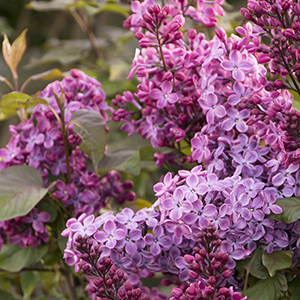
Old Glory Lilac
Syringa x ‘Old Glory’
Abundant, fragrant, purple-blue flowers are displayed on a rounded form, with tough, disease tolerant foliage specifically bred to resist mildew. Zone: 5 – 8
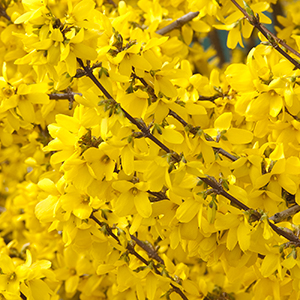
Spring Glory Forsythia
Forsythia x intermedia ‘Spring Glory’
Broad, rounded outline on an upright form that absolutely explodes with masses of soft yellow flowers. This will herald the arrival of spring. Zone: 3 – 9
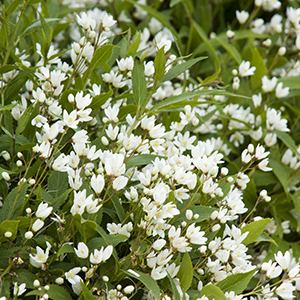
Dwarf Nikko Deutzia
Deutzia gracilis ‘Nikko’
Low-growing dwarf that becomes a wonderful and very showy accent when covered by white double blooms in spring. Zone: 5 – 8
How to Prune Summer Flowering Shrubs
- Many summer flowering shrubs bloom on the current year’s growth.
- Pruning them in late winter encourages them to produce lots of new growth that summer. This will result in more flowers the next year.
- The exception to this rule is Hydrangeas (more on this below)
- Here are a few examples of summer blooming shrubs to prune in late winter.
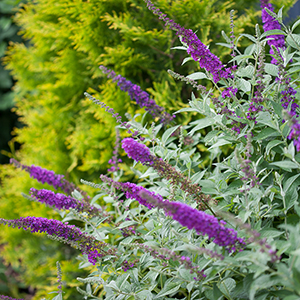
Miss Violet Butterfly Bush
Buddleja x ‘Miss Violet’ P.P. #28,448; Can. P.P.A.F.
Vibrant flower dark purple-violet flower clusters bloom summer into fall. Non-invasive, notable heat tolerant. Zone: 5 – 9
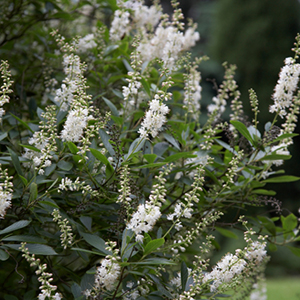
Summersweet
Clethra alnifolia
A profusion of fragrant white flower spikes attract butterflies. Native to the eastern United States; perfect for naturalizing in woodland gardens. Zone: 4 – 9
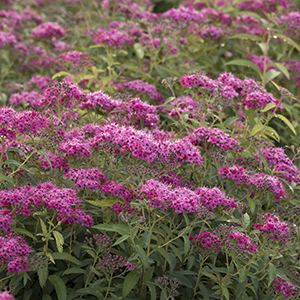
Neon Flash Spirea
Spiraea japonica ‘Neon Flash’
Summer-blooming spirea (S. japonica and Spiraea x bumalda) are pruned in late winter or early spring. This one has bright, neon-red flowers. Zone: 4 – 9
How to Prune Hydrangeas
Okay, we know this one can be confusing as pruning is determined by the type of hydrangea. And, whether it blooms on new or old wood. Here is a thorough cheat sheet, but in brief:
- You’ll need to identify what kind of hydrangea you have and follow the appropriate rule.
- Mophead hydrangea (Hydrangea macrophylla –the ones with big blue or pink mophead flowers). Oakleaf hydrangeas (Hydrangea quercifolia). And, Hydrangea aspera all bloom on old wood. This means they set next years flowers on stems produced during the previous summer. Deadheading and pruning for shape should be done immediately after flowering or by early fall at the latest.
- Panicle hydrangea (Hydrangea paniculata) which have long, white, conical flowers. And, Smooth hydrangea such as ‘Annabelle’ (Hydrangea arborescens). These bloom on new wood which means that buds are formed on this new growth in the current growing season. Pruning should be done in late winter or very early spring.
- Reblooming hydrangeas are modern cultivars that bloom in spring and again in summer. These bloom on both old and new wood. The "old wood" buds provide early season color. While blooms forming on current season growth flower later, lasting through the end of the season. All they really need is deadheading spent flowers and pruning out dead or weak stems in the early spring.
- For more information on pruning different types of Hydrangea, click here. Here are examples of the different types:
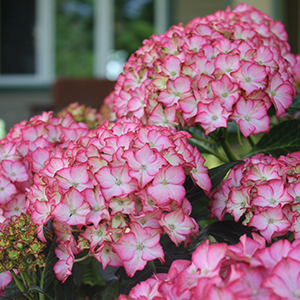
Seaside Serenade® Fire Island Hydrangea
Hydrangea macrophylla ‘HORTFIRE’ P.P.A.F.
Long-lasting blooms in white, edged in rich rosy red, that mature to deep pink. Compact, repeat bloomer. Zone: 5 – 9
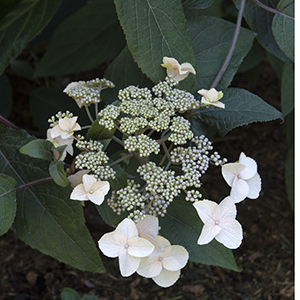
Plum Passion® Hydrangea
Hydrangea aspera
Unique new foliage ages to deep-purple with rosy-purple undersides. Wispy flowers contrast with colorful foliage. Zone: 7 – 10

Snow Queen Oakleaf Hydrangea
Hydrangea quercifolia ‘Snow Queen’
Large, long clusters of white flowers become rose-pink in the fall and leaves turn deep red-bronze. Zone: 5 – 9
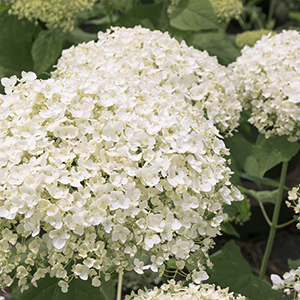
Annabelle Hydrangea
Hydrangea arborescens ‘Annabelle’
Strong, straight stems hold the huge flower heads up despite heavy rain. Full, lush shrub needs plenty of room to show off its spectacular beauty, Zone: 4 – 9
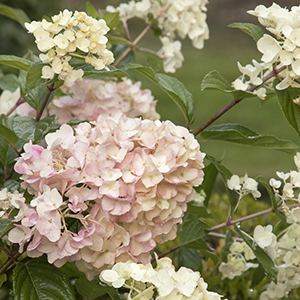
Strawberry Shake™ Hydrangea
Hydrangea paniculata ‘SMHPCW’ P.P.A.F.
Gorgeous new and on a much more compact form. Sturdy stems support big, full flower heads that start out white and mature to pink. Zone: 4 – 8
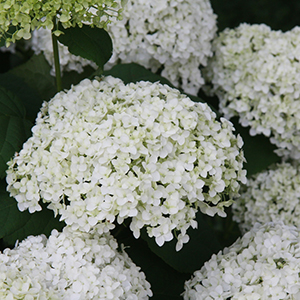
Seaside Serenade® Bar Harbor Hydrangea
Hydrangea arborescens ‘SMHAMWM’ P.P.A.F.
New, compact form of ‘Annabelle’ hydrangea, perfect for smaller space throughout summer. Zone: 3 – 8
How to Prune Roses
- Hybrid tea, modern and old-fashioned re-bloomers, and climbing roses. These should be pruned just before the plant breaks dormancy after spring's final frost. This could be anytime between January and April in cold climates. In warmer climates where there is no frost, prune in January or February.
- Some old-fashioned roses are once-blooming (such as moss and Damask types). These flower on old wood and should be pruned in the summer after they have flowered.
- Deadheading roses can be done mid-summer on the first types for a second flush of blooms. Here’s a quick video on how to care for roses mid-summer.
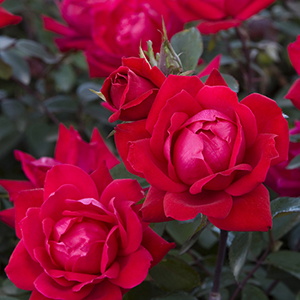
Double Knock Out® Rose
Rosa x ‘Radtko’ P.P. #16,202
A maintenance free rose that continually produces self-cleaning double candy apple red flowers with a slight spicy fragrance. Zone: 5 – 9
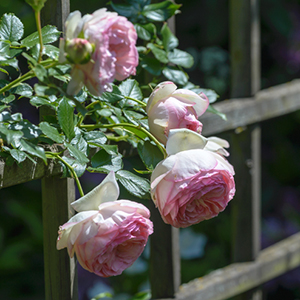
Eden Climber® Rose
Rosa x ‘Meiviolin’
Exquisite, large, fragrant, very double, old-fashioned rose blossoms are a beautiful blend of pastel pink, cream, and creamy yellow. Zone: 5 – 10
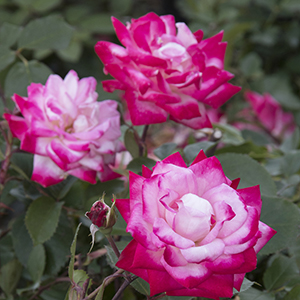
Grace N’ Grit™ Pink BiColor Shrub Rose
Rosa ‘Meiryezza’ P.P.A.F.
Stunning bouquets of pink and white bicolor roses on fuss-free shrubs. These will endure a long, hot summer with unwavering blooming zeal. Zone: 4 – 9
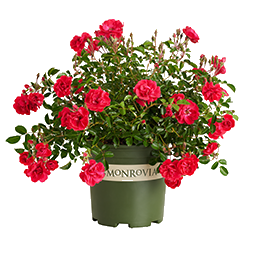
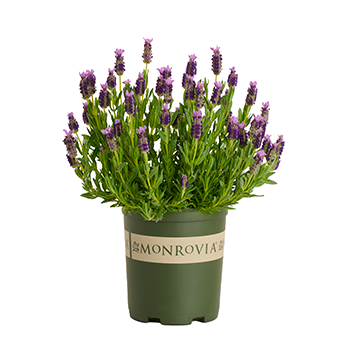
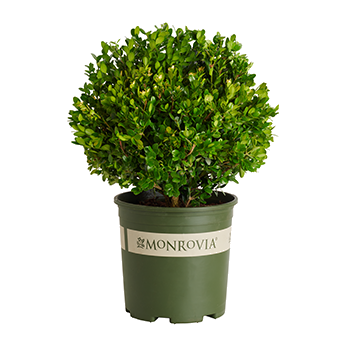

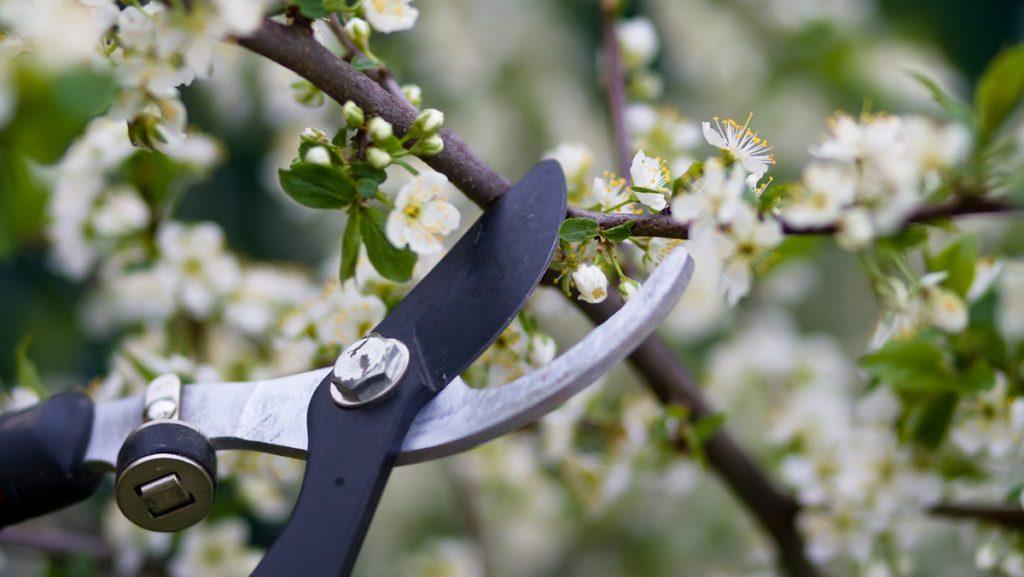
Please login to comment.
Don't have an account?
Sign Up for free